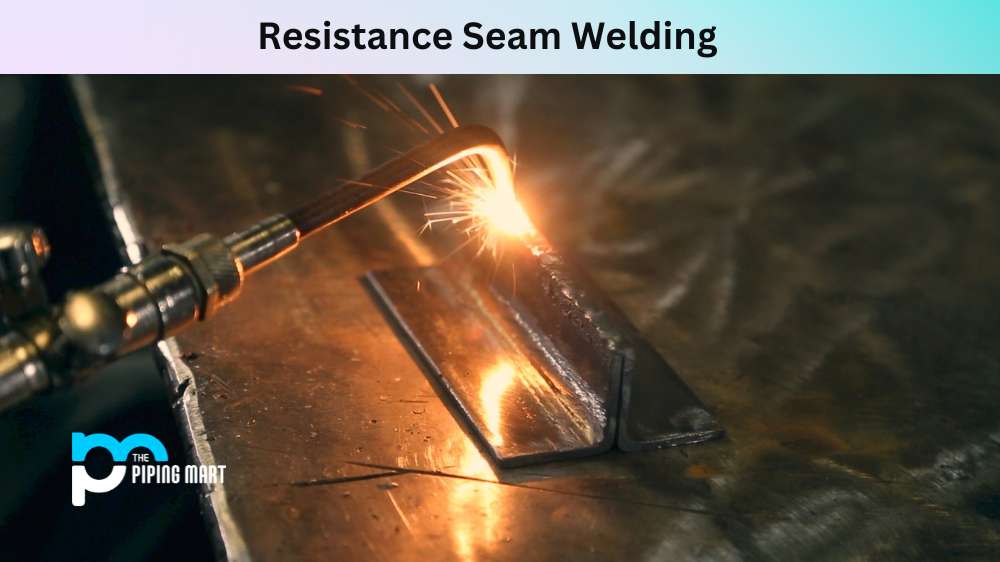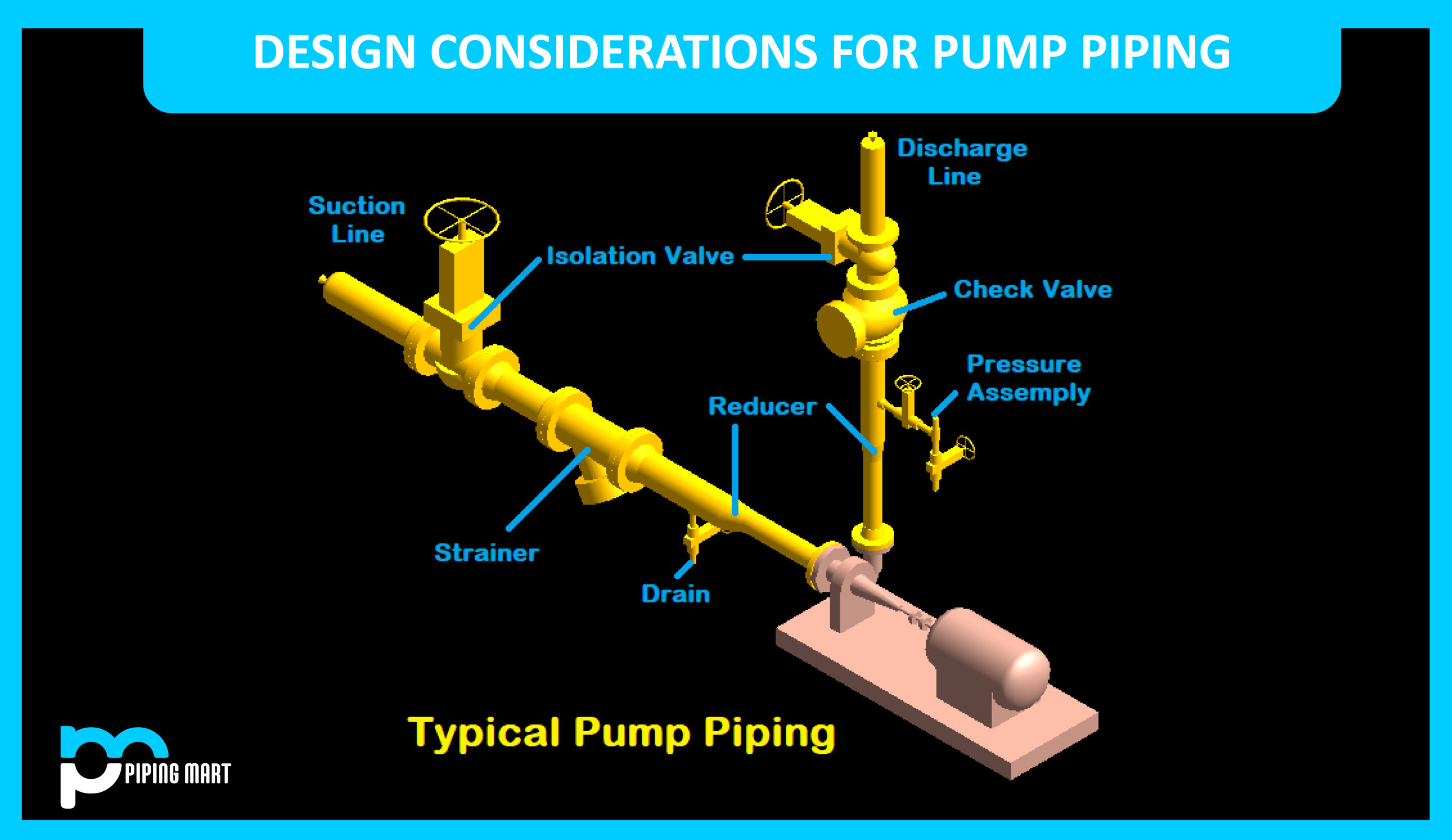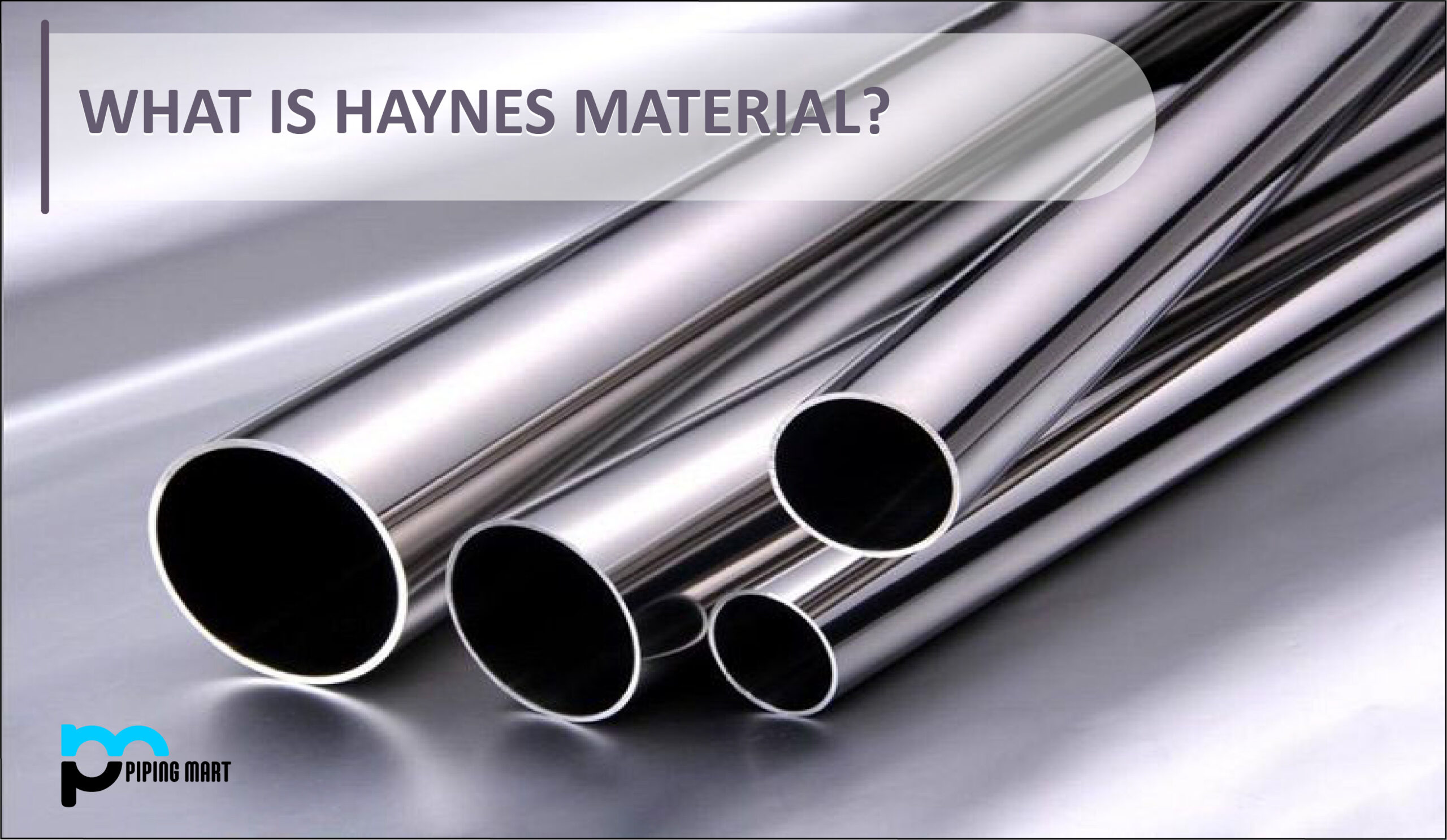Resistance seam welding is a popular technique to create solid and reliable welds. It is usually preferred over other methods because it is fast, efficient, and can be used on various materials. However, as with any industrial technique, resistance seam welding has both advantages and disadvantages. Let’s take a closer look at precisely what these are.
Advantages of Resistance Seam Welding
One of the main advantages of resistance seam welding is its swiftness. This means that production times can be drastically reduced compared to other welding techniques. Additionally, heat input is minimal, making it ideal for materials that are sensitive to heat or those that could be damaged by more intense methods such as arc welding. Furthermore, this technique involves minimal set-up time, resulting in business cost savings.
Another advantage of resistance seam welding is its versatility; it can be used on a wide range of materials, including metals such as aluminium, steel, and plastics. Additionally, since it does not involve flame or sparks, this method can be used in areas where fire codes prohibit these welding processes. Finally, since no filler materials are involved in this process, the finished product has excellent strength characteristics with minimal distortion or discolouration compared to other types of welding processes.
Increased Productivity
One of the primary advantages of resistance seam welding is that it is a speedy and efficient process. This type of welding can be up to five times faster than traditional welding methods, such as arc welding. This increase in productivity can help to save businesses a significant amount of money.
Reduced Costs
Another advantage of resistance seam welding is that it can help to reduce costs. This welding requires less energy than other methods, such as arc welding. Additionally, resistance seam welding often does not require filler materials, which can further reduce costs.
Improved Quality
In addition to being faster and more efficient, resistance seam welding also tends to result in a higher quality weld. This is because this type of welding creates a stronger bond between the two pieces of metal being joined. Additionally, resistance seam welding produces less distortion than other methods, which can further improve the quality of the weld.
Increased Safety
Another advantage of resistance seam welding is that it is a safer process than other methods, such as arc welding. This is because resistance seam welding does not create sparks or open flames, which can be dangerous in specific environments. Additionally, this welding produces fewer fumes and smoke than other methods, which can improve worker safety.
Disadvantages of Resistance Seam Welding
Despite its many advantages, there are also some drawbacks associated with resistance seam welding that must be taken into consideration before opting for this type of process. One disadvantage is that the depth achieved through this process tends to be relatively shallow, meaning that extra steps may need to be taken if deeper penetration is desired to ensure a successful result. Additionally, while this process works well on thin sheets of metal or plastic material, it may only work on thicker pieces due to difficulty achieving current flow between electrodes without burning through the material altogether. Finally, resistance seam welding tends to leave behind slag, which must be removed manually, resulting in additional time and labour costs associated with post-production cleanup.
Limited to Flat or Simple Curved Surfaces
One of the primary disadvantages of resistance seam welding is that it is limited to flat or simple curved surfaces. It cannot be used on complex shapes or objects with multiple curves. Additionally, the characters to be welded must be clean and free of debris or contaminants.
Requires Specialized Equipment
Another disadvantage of resistance seam welding is that it requires specialized equipment. This equipment can be expensive, making the process cost-prohibitive for some companies. Additionally, the equipment is delicate and must be handled with care, which can add to the overall cost of the process.
Time-Consuming
Another downside to resistance seam welding is that it can be time-consuming. The process can take longer than other welding methods, such as arc welding, which can increase production costs. Additionally, the process requires frequent breaks to allow the equipment to cool down, which can further add to production time.
Skilled Operators
For resistance seam welding to be practical, it requires skilled operators. These operators must be trained correctly to avoid mistakes that could result in faulty welds. This training can add to the overall cost of the process.
Conclusion:
To sum up, resistance seam welding offers many benefits, such as speed and efficiency but also has some drawbacks, such as shallow penetration and potential for manual cleanup after production. When deciding whether or not this type of weld would work best for your project, it’s essential to consider all factors before deciding so you can ensure you get the best possible results from your investment!
Meet Heer, a dynamic and driven writer learning tricks of her trade in the metal industry. With a background in Digital Marketing, Heer brings a unique perspective to her writing, sharing valuable insights. Apart from blogging she like reading and hiking.




